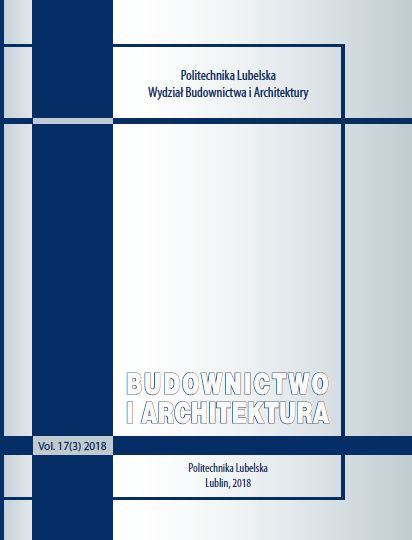Pałac w Wilanowie – królewska „villa rustica”, jako ośrodek dóbr ziemskich i czynnik wpływający na kształt rozwoju jednej z dzielnic Warszawy
Palace in Wilanow – the royal ‘villa rustica’ stands as a manor and a factor influencing development of one of the Warsaw’s districts
Author(s): Katarzyna DankiewiczSubject(s): Architecture, Local History / Microhistory
Published by: Biblioteka Politechniki Lubelskiej
Keywords: baroque royal villa;palace;open landscape;observation axes;genius loci;new and old architecture
Summary/Abstract: The baroque royal villa in Wilanow is in a distant from a master residence of John Sobieski the IIIrd (royal castle). In the fourth quarter of XVII century Wilanow villa was a luxurious summer house for the royalties as well as self-sufficient residence with its own manors and farms. Starting in 1677 king Sobieski created the Wilanow complex composed of the villa and the nearby lands. Later on, his successors increased the area making a great manor which belonged only to royal family. Consistent expansion of the villa and belonging lands by different owners which had a various tastes, financial possibilities and knowledge for the period of more than 300 years resulted in very diverse surrounding. Villa and then a palace holders manage to add representative parks and gardens according to the best European examples which today are historical values of Wilanów district. Majority of the Wilanów buildings have a cultural functions as museums and scientific institutions nowadays. Its historical architecture refers to the baroque, classicism and historicism styles. The past development of the palace area was based on the formerly marked communication routes and observation axes which are current till today. New urbanization concept – Miasteczko Wilanow (The Wilanow City), has liven up the historical district of Wilanow. Since 2000 developers are targeting Wilanów as a place for modern housing and retail, creating a mini-city for the luxury craving Warsaw residents. The new outlook is in the contrast of the districts historical features. Are the new and old structures are possible to be consistent, respecting the surroundings? The expected cooperation of historical and modern architecture and integration of different spaces will be able to observe after the completion of whole investment.
Journal: Budownictwo i Architektura
- Issue Year: 17/2018
- Issue No: 3
- Page Range: 29-56
- Page Count: 28
- Language: Polish

